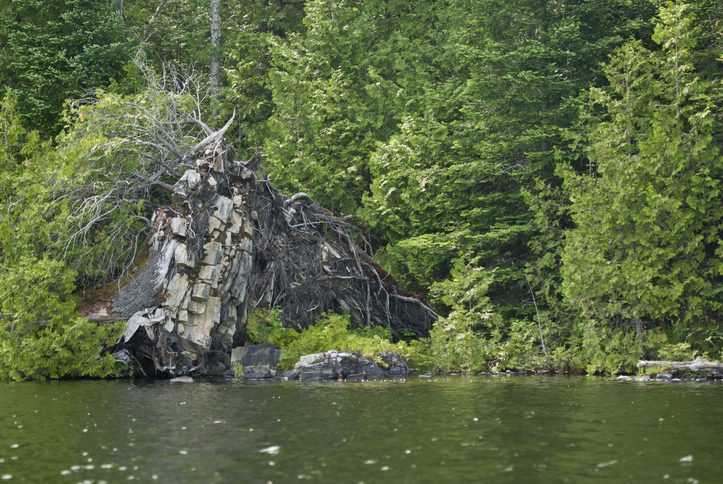NORTH FRONTENAC, ON – The Kashwakamak dam is set for a major rebuild to mitigate the risks of failure and flooding, thanks to a nearly $6 million joint investment from the Mississippi Valley Conservation Authority and the federal government’s Disaster Mitigation and Adaptation Fund (DMAF). This project will provide critical protection for Kashwakamak Lake and surrounding communities in the Mississippi River watershed.
The Mississippi River watershed covers 3,750 square kilometres and supports a population of around 50,000. Beyond providing drinking water, it sustains fish and wildlife, agriculture, hydroelectric power, and recreational tourism. The new dam will replace the original structure, built in 1910, and is designed to handle more frequent extreme weather events brought on by climate change.
The project aims to reduce the economic and social disruptions caused by floods and droughts, a growing concern in the region. According to federal estimates, every dollar invested in climate adaptation can yield $13 to $15 in benefits.
“By investing in a new dam for Kashwakamak Lake, we are partnering with the Mississippi Valley Conservation Authority to protect the community from future floods and droughts,” said the Honourable Sean Fraser, Minister of Housing, Infrastructure, and Communities.
Paul Kehoe, Chair of the Mississippi Valley Conservation Authority, noted that the replacement of the Kashwakamak Lake Dam is the largest project in the authority’s $10 million, 10-year capital plan for infrastructure renewal. The dam’s new design will enhance water management and improve flood and drought resilience for the local area.
The federal government is contributing $2.26 million to the project, while the Mississippi Valley Conservation Authority is investing $3.71 million. This funding is part of Canada’s broader climate adaptation strategy, which includes over $3 billion committed to the DMAF since 2018.
The new dam is expected to provide long-term benefits, ensuring the safety and sustainability of the Mississippi River watershed for decades to come.









